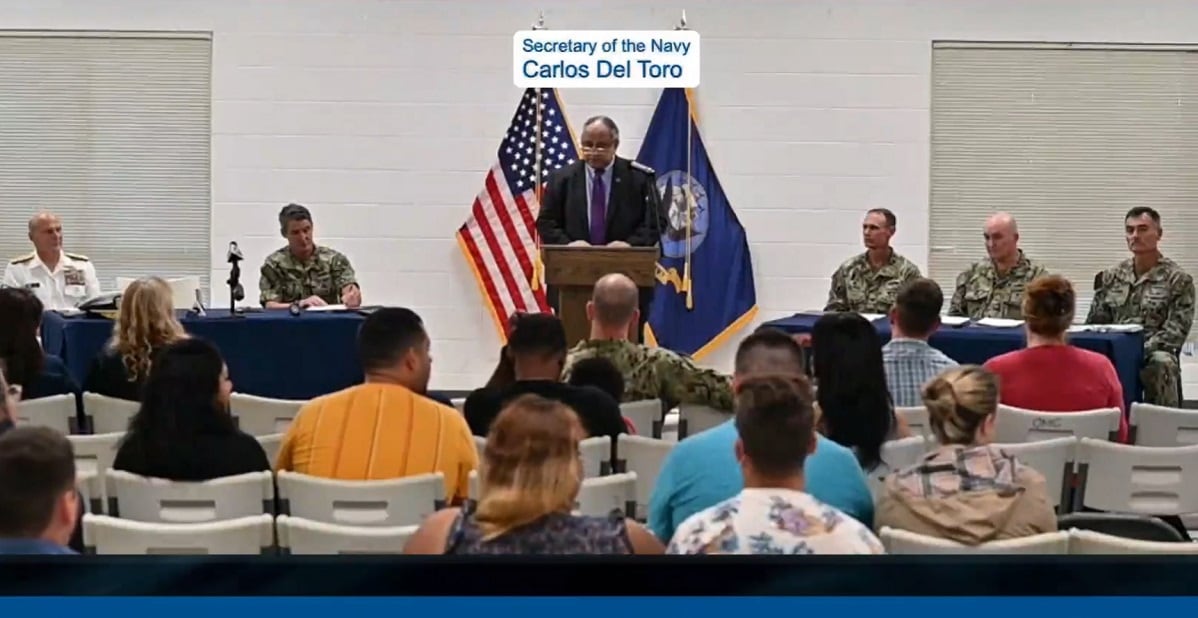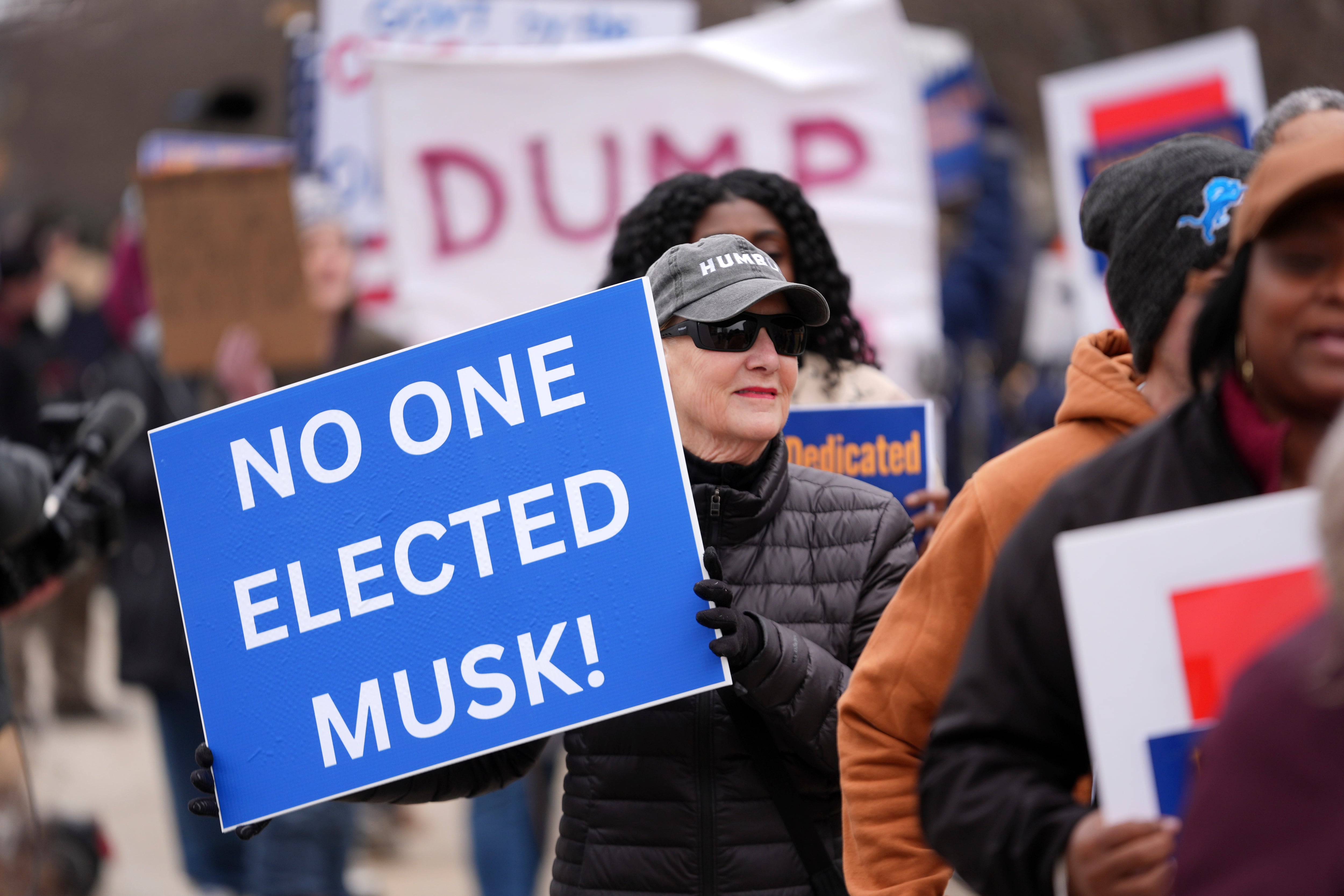While military families affected by the fuel-tainted water in Hawaii have had the option to stay in hotels at government expense, that’s not the case for service members living in unaccompanied housing.
Some have posted questions on social media asking why service members living in unaccompanied housing served by the contaminated water system at Joint Base Pearl Harbor-Hickam haven’t been given the option of moving to a hotel at government expense. Whether these sailors and airmen are single, or their family members aren’t accompanying them on this tour of duty, they’ve been living in dorms because they prefer it or are required to do so. There are about 4,000 beds in 35 Navy and Air Force unaccompanied housing facilities at the joint base.
Service members living in unaccompanied housing at the joint base aren’t authorized alternate lodging or Temporary Lodging Allowance payments, said Sean Gano, spokesman for the Joint Information Center in Hawaii.
These service members have options that weren’t available to families living in base housing who were authorized TLA, he said. “Government dining facilities on JBPHH have been operating and providing daily meals to unaccompanied members, an option not available to families in base housing who were authorized TLA.
“Unaccompanied members are also being provided bottled water for drinking and oral hygiene, along with shower and laundry services.”
Leaders have held town halls with residents, including those in unaccompanied housing.
In early December, about a week after families on the Navy water system started reporting they were smelling fuel and seeing a fuel sheen in their water, the Navy authorized families to move to local hotels, either contracted by the Navy or with the authorization for the Temporary Lodging Allowance.
About 9,000 households have been affected in 19 areas, including two family housing areas fed by the Navy water system that are part of U.S. Army Garrison Hawaii. The Army barracks aren’t on the Navy water system.
While a number of families have chosen to move to the hotels for safe water, including showers, some have chosen to stay in their houses for various reasons and have been receiving bottled water and bulk water for other purposes. Many have been going back and forth between hotel and house.
Of those 19 neighborhoods, four have now been determined to have safe water by the Hawaii Department of Health, following a massive flushing and testing operation.
RELATED

Since mid-December, the water distribution system, houses and all other buildings on the Navy water system have been flushed in an effort led by the Interagency Drinking Water System Team, which was established to restore safe drinking water. It’s made up of the Hawaii Department of Health, U.S. Environmental Protection Agency, the Army and the Navy.
Samples of water are taken following the flushing and sent to multiple laboratories on the mainland for testing. The team evaluates those samples and asks for more flushing and testing as needed. When the Hawaii Department of Health determines that the water in particular neighborhoods is safe to use, families have two days to check out of their hotels.
The November Navy fuel spill linked to the water contamination affecting thousands of military families in Hawaii was likely the result of “operator error,” a Navy official told lawmakers in January.
Karen has covered military families, quality of life and consumer issues for Military Times for more than 30 years, and is co-author of a chapter on media coverage of military families in the book "A Battle Plan for Supporting Military Families." She previously worked for newspapers in Guam, Norfolk, Jacksonville, Fla., and Athens, Ga.





